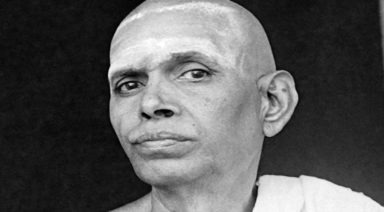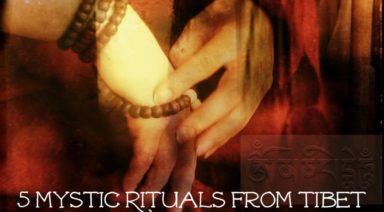Study Finds People’s Mental Image of God Looks A Lot Like They Do
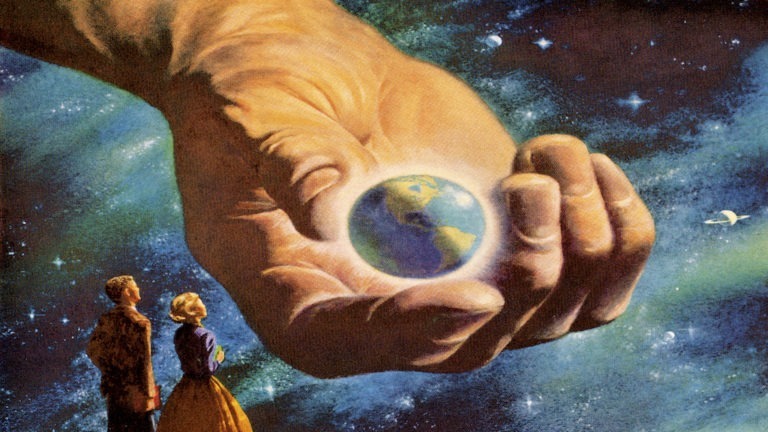
The stereotypical, westernized image of God is usually something like a cross between Zeus and Socrates; elderly, sagacious, white-bearded, and male. But according to a recent study, which compiled images of God’s appearance in the minds of hundreds of American Christians, God looks nothing like the antiquated archetype we’re all familiar with.
The study, led by researchers at UNC Chapel Hill, asked 511 American Christian participants to describe what God looks like in their mind’s eye. The team then created an amalgam of all the descriptions to create a general visage of the sample group’s perception of the divine.
The point of the team’s research was to study cognitive bias and motivation when it comes to people’s conceptualization of God. They point out that many religious scholars argue that “images of God are best seen as idiosyncratic across individuals rather than monolithic within religion or culture.”
And as it turns out, those idiosyncrasies couldn’t be more influential in their subjects’ minds, as their depictions of God often looked a lot like themselves. But does this come as any surprise?
Researchers used a method called “reverse correlation” to create the image of God, by using a combination of 50 images of the average American varying in age, gender, and race. They then overlaid “visual noise” on the image – the result of participants choosing between 300 face pairs, deciding which one they think looks closer to God.
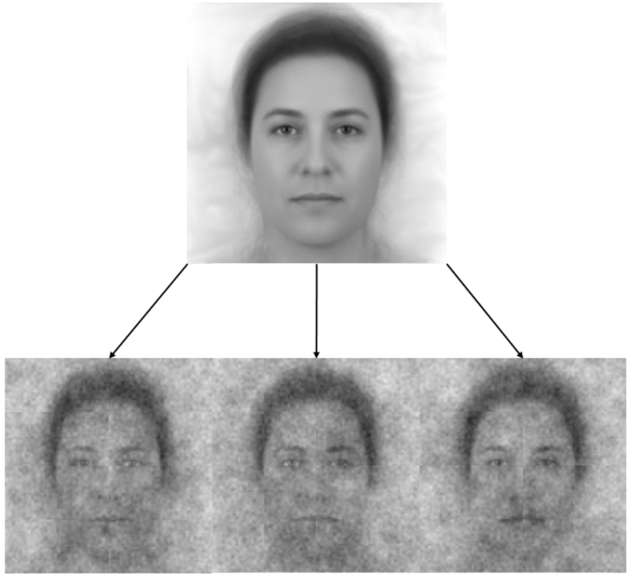
The study found that egocentrism played a significant role in the subjects’ image, except that both genders primarily viewed God as male, with a few exceptions. Otherwise, the features of God’s face turned out to be much like their own, and shared the same general outlook on life, including political and social ideals.
One could argue that it makes sense we imagine God in our own image. Christians are taught that God made man in his own image, while eastern religions such as Buddhism and Hinduism often teach that we are one in the same with God or that we should strive to become one with God. So why wouldn’t we see ourselves as bearing some resemblance to a perceived creator.
But the most striking result of the study was that the appearance generated by compiling all of the descriptions showed a smiling, youthful, effeminate, male. While the gender and race may not be too surprising, the age and softer features varied significantly from the clichéd image depicted in the past. The image also varies significantly from the common long-haired, caucasian depictions of Jesus.
Another surprise, according to some, is that the aggregated image seems to bear an uncanny resemblance to Elon Musk, though that may be a totally subjective observation…
Here’s Alan Watts speaking about the difference between our perceptions of God based on holy scriptures and the style of the universe:
Sri Ramana Maharshi; Teaching Realization Through Self-Inquiry
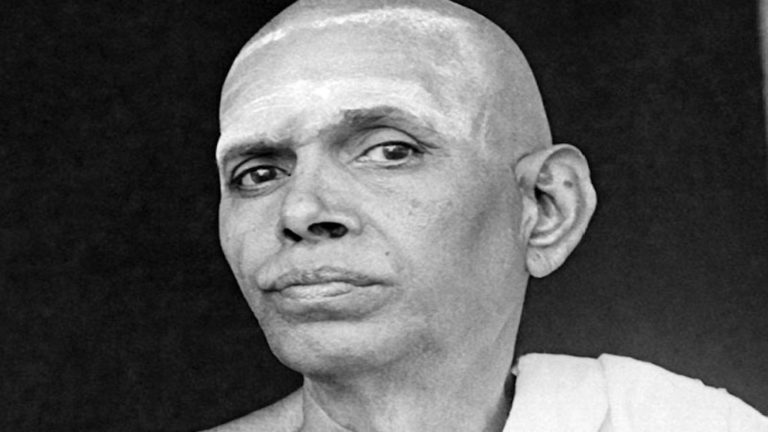
Bhagavan Ramana Maharshi (1879-1950) was an Indian Satguru, born as Venkataraman Iyer, to a Brahmin family in Tiruchuzhi, South India.
In his early childhood, upon his father’s death, the young Venkataraman was separated from his mother and placed with his loving uncle. A sensitive soul, and strong athlete, Venkataraman endured beatings by local schoolboys. More and more, he became fascinated with local temples and the statues of its deities.
Soon after his 16th birthday, Venkataraman self-realized spontaneously and immediately journeyed to Arunachala Hill in Tiruvannamalai. After living in various places in Tiruvannamalai, he moved to the caves and several of India’s holy sites in Tiruvannamalai, where his followers named him Bhagavan Ramana Maharshi or “Divine Eminent Ramana, the Great Seer.”
For several years Bhagavan refrained from speaking and spent each day in samadhi. He attracted many devotees who saw him as an avatar. They would sit at his feet awaiting his darshan (blessing). Many of his earliest devotees also became self-realized.
Eventually, Bhagavan’s followers built an ashram around him in Tiruvannamalai, which they named “Sri Ramana Ashram” or “Sri Ramanasramam.” This became Ramana’s home from 1922 until his death in 1950.
A self-realized woman, Sankarammal, who worked in the ashram’s kitchen said of Ramana, “Silence was the state of Bhagavan, and his direct teaching was only through silence. Those who received his message of silence had no need whatsoever to talk to him, much less a need for his instructions. How can I possibly express in words the mysterious working of Bhagavan through silence?”
Tiruvannamalai is also where Ramana Maharshi declared his love for the resident mountain, Arunachala. His luminous spirit continues to fill the hearts of his many followers around the world.


